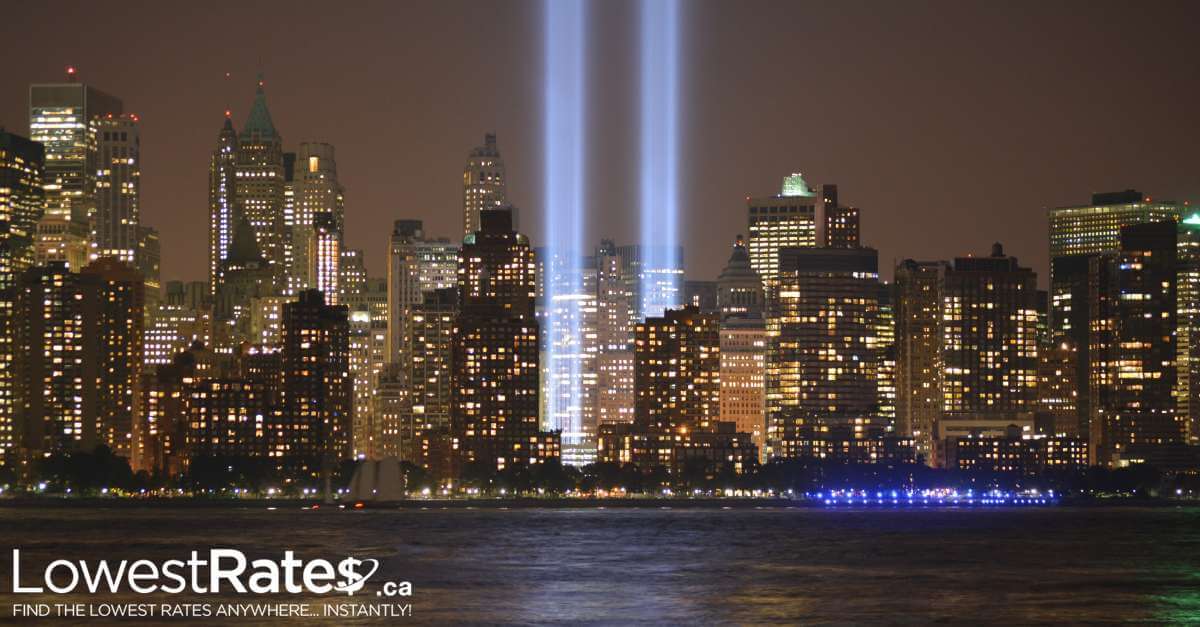How did 9/11 affect U.S. insurance?
By: Nelson Smith on October 30, 2015 9/11 is one of those moments that everyone who witnessed it will have etched in their memories forever.
9/11 is one of those moments that everyone who witnessed it will have etched in their memories forever.
It wasn’t just the loss of life that was striking – at least for me. It was the innocence of everybody who happened to get caught in those towers. It could have happened to anybody; they were just in the wrong place at the wrong time.
9/11 changed many things. It caused the United States to be more aggressive in foreign policy, something that hasn’t won it many friends around the world. It was also the impetus needed for the U.S. Government to extensively collect personal data. Even traveling through the airport has become vastly different since that September morning.
The economic fallout of 9/11 was also great. Billions of dollars in damage was done, and billions more were paid out in insurance claims. Let’s take a closer look at how 9/11 affected the U.S. insurance business.
Enormous costs
The interesting thing about the U.S. insurance aspect of 9/11 isn’t just how much insurance was paid out, but the amounts of each different kind of insurance.
I would have thought that property insurance would have paid out the most, since there was an awful lot of damage. That was not the case. Rather, business interruption insurance was the biggest payer, coughing up $13.1 billion out of the estimated $39 billion in total claims.
Next was property damage. Insurers paid $4.3 billion in claims to the owners of the World Trade Center itself, and $7.5 billion to other buildings in the area that were either damaged or destroyed when the towers went down.
Another big recipient of U.S. insurance dollars were the airlines. Each plane carried various types of insurance, including policies that got paid out if the plane was destroyed, and policies that compensated the airline for the loss of business. $4.3 billion was paid to the airlines.
There were also huge worker’s compensation claims, filed by first responders, office workers injured in the attack, and grief-stricken loved ones. Together, these claims totalled more than $2.4 billion.
Finally, with a combined total of $1.2 billion in claims, comes life insurance. Even though the cost of life was so high – nearly 3,000 people died, including the hijackers – and you’d think people working in the financial district would have ample insurance, it still wasn’t a huge cost compared to insuring the loss of property.
Changes to U.S. insurance because of 9/11
The insurance business runs on probability models. Before 9/11, very few of the models even assumed such an event was possible. That meant that commercial liability insurance gave away terrorism insurance as part of the policy for next to nothing.
After 9/11, everything changed. Insurers were no longer interested in supplying terrorism insurance at any price, so the U.S. Government stepped in with temporary legislation to protect various potential next targets.
Even now, it’s difficult for insurers to underwrite terrorism insurance. Insurers thrive when they know the amount of potential loss. Terrorism is so unpredictable that there’s the potential for something catastrophic to happen again, which would lead to higher than anticipated losses.
The U.S. Government continues to be a player in terrorism insurance, reinsuring carriers against losses exceeding $100 billion. That helps keep the potential worst case scenario under control, which U.S. insurance companies can use in their models.


